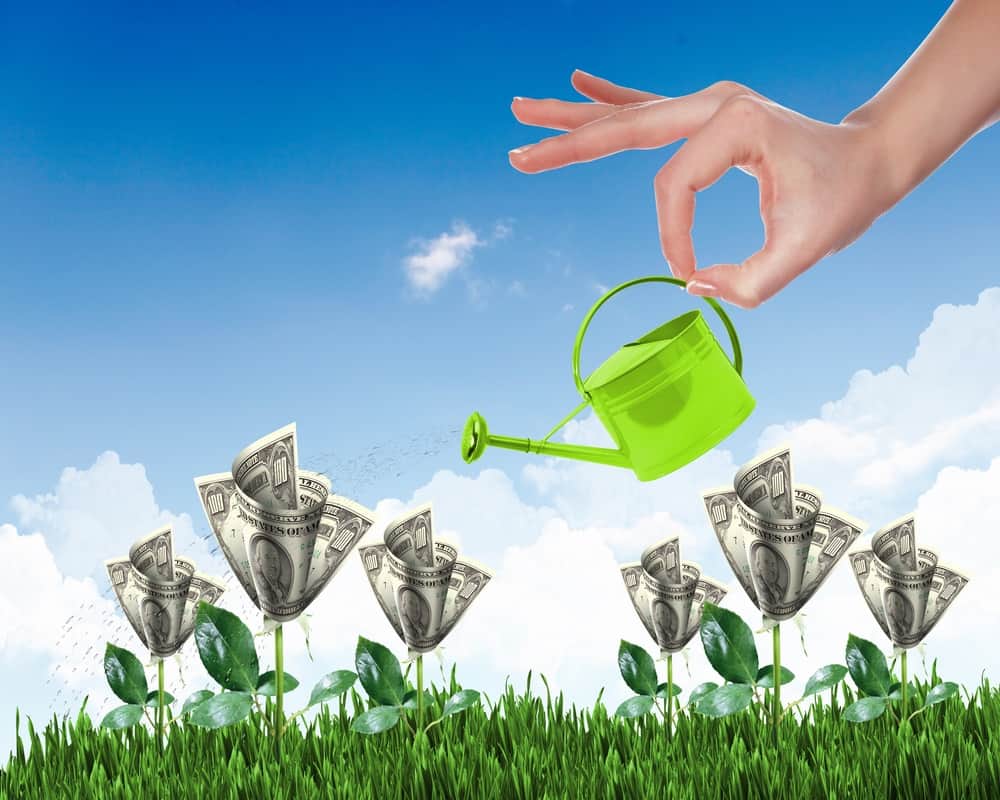Learn to save money by gardening and enjoy fresh, affordable fare all season!
 Do you save money by gardening in the summer? If you’ve never tried it before, now is the perfect time to start. It doesn’t have to be intimidating — or expensive. Following our tips, you’ll be able to harvest your own fruits and vegetables, cutting your grocery bill and boosting your health.
Do you save money by gardening in the summer? If you’ve never tried it before, now is the perfect time to start. It doesn’t have to be intimidating — or expensive. Following our tips, you’ll be able to harvest your own fruits and vegetables, cutting your grocery bill and boosting your health.
Maximize Your Savings
There are different ways to make a garden successful, just like different homeowners have their own ideas of success. Someone interested in growing rare varieties of plants might not be as concerned with savings as someone who is gardening for financial benefits. So, how do you save as much as you can while growing tasty, nutritious food?
- Start small. Gardening is tough work. Weeding is a royal pain. So is managing bugs and other pests. A huge garden will overwhelm you with the effort required to keep it in tip-top shape, so start small. Select two or three plants if you’re just starting out. This will cut down on maintenance and expense.
- Start smart. If you hate bell peppers, growing them won’t change your taste buds. Look at fruits and vegetables you really eat, and compare them with the effort and expense needed to grow them by yourself. High-yield, low-expense veggies include leafy greens, like romaine lettuce and spinach, herbs, hot peppers, tomatoes, green beans, cucumbers, and certain types of berries, like those highlighted by An Oregon Cottage.
- Put flowers to work. The bugs we talked about earlier? Some of them are actually good for your garden. You benefit by attracting more of them to your home. Savvy gardeners plant them in groups near their vegetables in order to encourage propagation. The resulting blooms also make beautiful additions to the garden and home.
Perfecting Garden Basics
The first year you plant vegetables and fruits will be the hardest, because it comes with the biggest learning curve. Don’t get down on yourself when you run into problems. Even Master Gardeners struggle with certain things. Follow these gardening basics, and you should get a fairly good yield your first time growing:
- Select a space in the sun. Most vegetables require 8 hours or more of direct sunlight a day to grow properly. You aren’t limited if you have a small – or non-existent – yard. If your yard doesn’t have one space that will work, use containers you move around or bring indoors.
- Test and treat your soil. Take a soil sample to your local extension office and have the quality tested. You’ll receive a description of factors, like acidity, which you can modify with the help of lime, compost and other products. A nursery can help you find the appropriate additives for your soil.
- Water and weed as needed. Weeding is important to keep your plants from being crowded out. Weeds will soak up the water and nutrients in the soil too, so your vegetables go without what they need to grow. How much water your plants require depend on the soil composition and plant variety, but generally, they should be good on an inch or so of water per week.
Over time, you’ll learn the nuances of the plants you bring into your garden. Some grow better with buddy plant combinations, like mint and cabbage. Others grow better with more or less water. Still other plants thrive with periodic doses of liquid fertilizer or after you harvest them the first time. Learning the basics allows you to get comfortable gardening for food and maximizing every dollar you spend on it in the future.
If you’re working on learning how to save money by gardening, an auto pawn could help. Call your nearest Title Tree location for help now.
